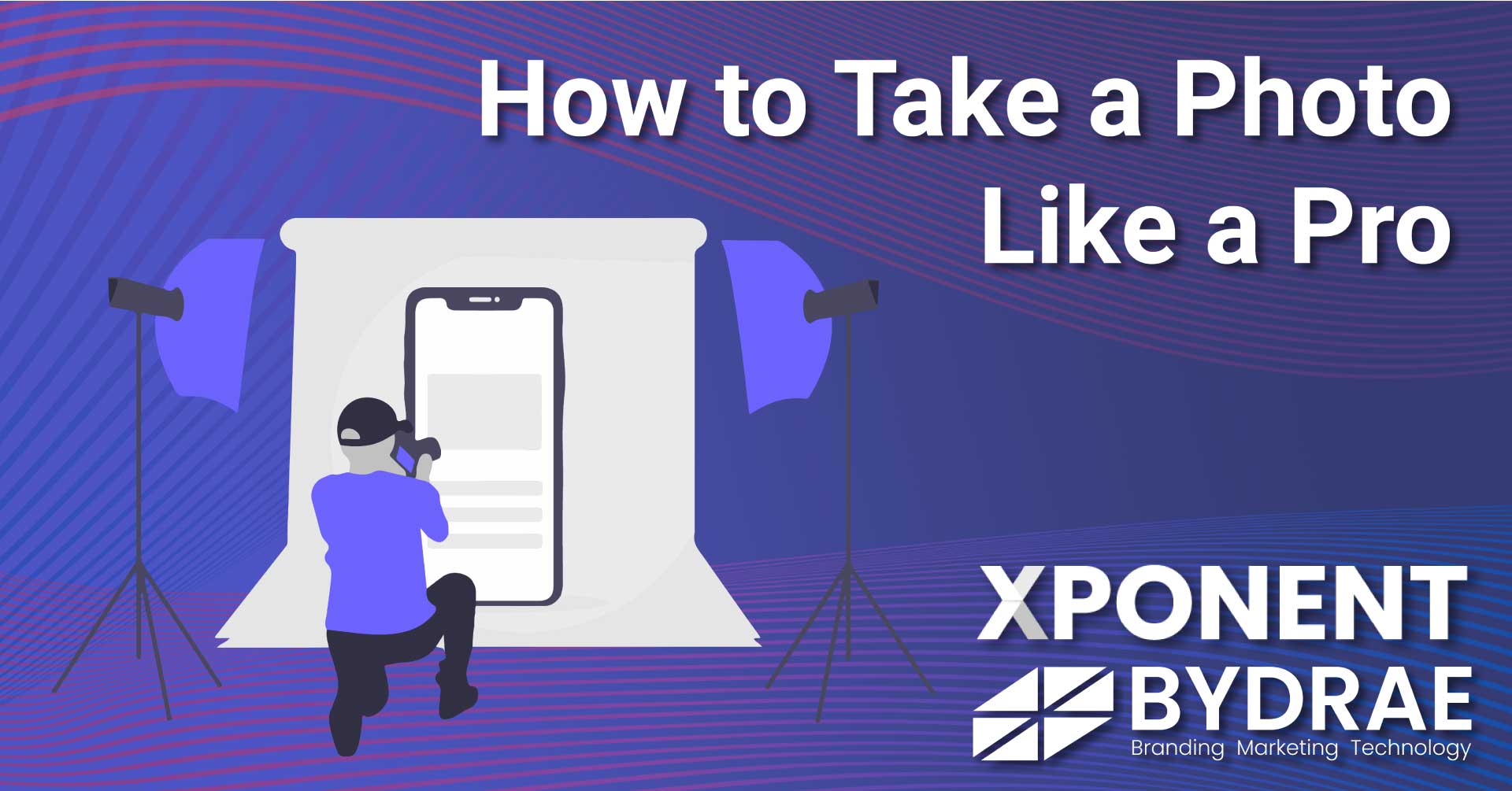Smartphones have become marvellous tools for product and brand photography. Many advancements in smartphone technology have made it easy to use, making it a straightforward process to take professional photos.
New devices are also hitting the shelves faster and faster, all competing for the “best smartphone for photography” title. The iPhone 13 Pro Max is on top of most experts’ lists. Still, many fear this will be short-lived considering the Pixel 6 phone from Google (not available in South Africa yet) recently launched and is known for its excellent photography capabilities.
Getting Started
Smartphones give us quick access to tools we need on-demand in an ever-changing tech-favouring world. This immediate access sometimes outweighs the expensive equipment you need to carry around.
The most important thing to do right away is to learn how your phone camera works and its capabilities. Some phones have automatic and manual settings. Make sure you know when to use what.
Manual settings can become your best friend if you can use the options successfully. You should be able to confidently rely on your phone to give you many options both in auto and manual mode.
More options will allow you to take a variety of different shots. Whether you are trying your hand at close, medium or long shots – your phone should be able to let you choose settings as your photography needs are required.
There are also numerous online courses available to accelerate your smartphone photography skills. Udemy, Shaw Academy, and Skillshare all offer iPhone and Android photography courses.
Set the Stage
An image can have a background, midground and foreground. Consider these in your photo composition. Post-editing can help blur out the background a little to focus on the fore- or midground.
Adding a prop to your picture can spice it up. Of course, if the prop makes sense. Create a scene and set the stage. Move objects into view of your shot – this may look wrong to the naked eye, but see what it looks like on your phone screen.
Artistic Considerations
The rule of thirds guideline places your subject in the left or right, top or bottom third, leaving the other two thirds open. Take advantage of those gridlines in your smartphone camera settings. If you are still new to the rule of thirds, use your gridline option. It is a great tool to assist with the rule of thirds.
Also, take a moment to think about all that ‘empty’ space in your scene. By adding empty, negative space around your subject, you’ll demand more attention to the object or person you’re photographing. This creates a focus and a subject for the image with context.
Light It Right
Lacking professional equipment should not be too much of a problem with a few tips from the pros. Our experienced insiders suggest the following.
Whenever possible, choose to shoot outside. Natural light is all you need. Learn how to manipulate natural light sources, and your lighting problems will be an issue of the past.
You can also DIY diffusers and reflectors by utilising white and black poster boards. Whiteboards will reflect the light back to your subject, while blackboards will diffuse and soften the light and shadows around your subject.
Angle It Up
Angles are almost as important as your device. Make sure you take advantage of as many angles as you can squeeze into one shoot. You never know when you will get “the” shot.
Having many options will also help you choose the best photos instead of trying to make a few mediocre ones work. There are numerous angles to try if you are starting:
- Low angle
- Face level
- High angle
- Top Angle
- Bird’s View
World of Devices
Any phone with a 12-megapixel camera will do your products or brand justice. As mentioned earlier, Apple and Google are running a tight race for the number one spot.
There are, however other great smartphones that can get the job done. Our top five here:
- Samsung Galaxy S21 Ultra
- Huawei Mate 40 Pro
- Google Pixel 5 A
- Samsung Galaxy Note 20 Ultra
- iPhone SE (2020)
Taking photos with just your smartphone and a few expert tips can help you save some money, but you can develop your skills overtime to make the best of what resources you have. Having an excellent phone for photography is worth the investment.
Getting Technical
When it comes to uploading images, you will send photos directly from your phone to social media or a website. This may require altering the file type or size before uploading or sharing that image.
Here are the recommendations:
- JPG or PNG file format
- Minimum file size of 10KB
- Maximum file size of 2MB (recommended size 1Mb)
Social media platforms also have specific formats that work best. People are more likely to read your post if there is an engaging and eye-catching image that goes with it.
Here are the recommended sizes for image posts:
- Facebook: 1,200 x 630(height) pixels.
- Instagram: 1,080 x 1,080(height) pixels.
- LinkedIn: 1,104 x 736(height) pixels – but the recommended Facebook size will work for LinkedIn too.
Website formats also differ and should be considered before uploading images to your website. Landscape is usually the orientation you should use to take a picture for social media. A photo taken for a website can vary depending on where it is going.
- Banner images should always be landscape [ ] 16:9
- Gallery images could be square-ish [ ] 1:1 or 4:3
- About Us profile sections could require vertical orientation [ ] 4:3 or 16:9
Photo Editing
Good photo editing software is worth the investment. Your images can look like professional photographs if you know your way around some photo editing apps
There are many free desktop and mobile apps for photo editing. Explore and see what works best for you.
- Google Snapseed (mobile)
- Adobe Photoshop Express (mobile)
- PicMonkey
- Canva
Don’t over-edit your images. This can look tacky and have that typical “Instagram filter” look.
Beyond this, it’s important to start developing your unique style to capture photos. This will ensure that your brand becomes instantly recognisable. Experimenting with the kinds of images you take is one of the easiest ways to develop that unique style.





